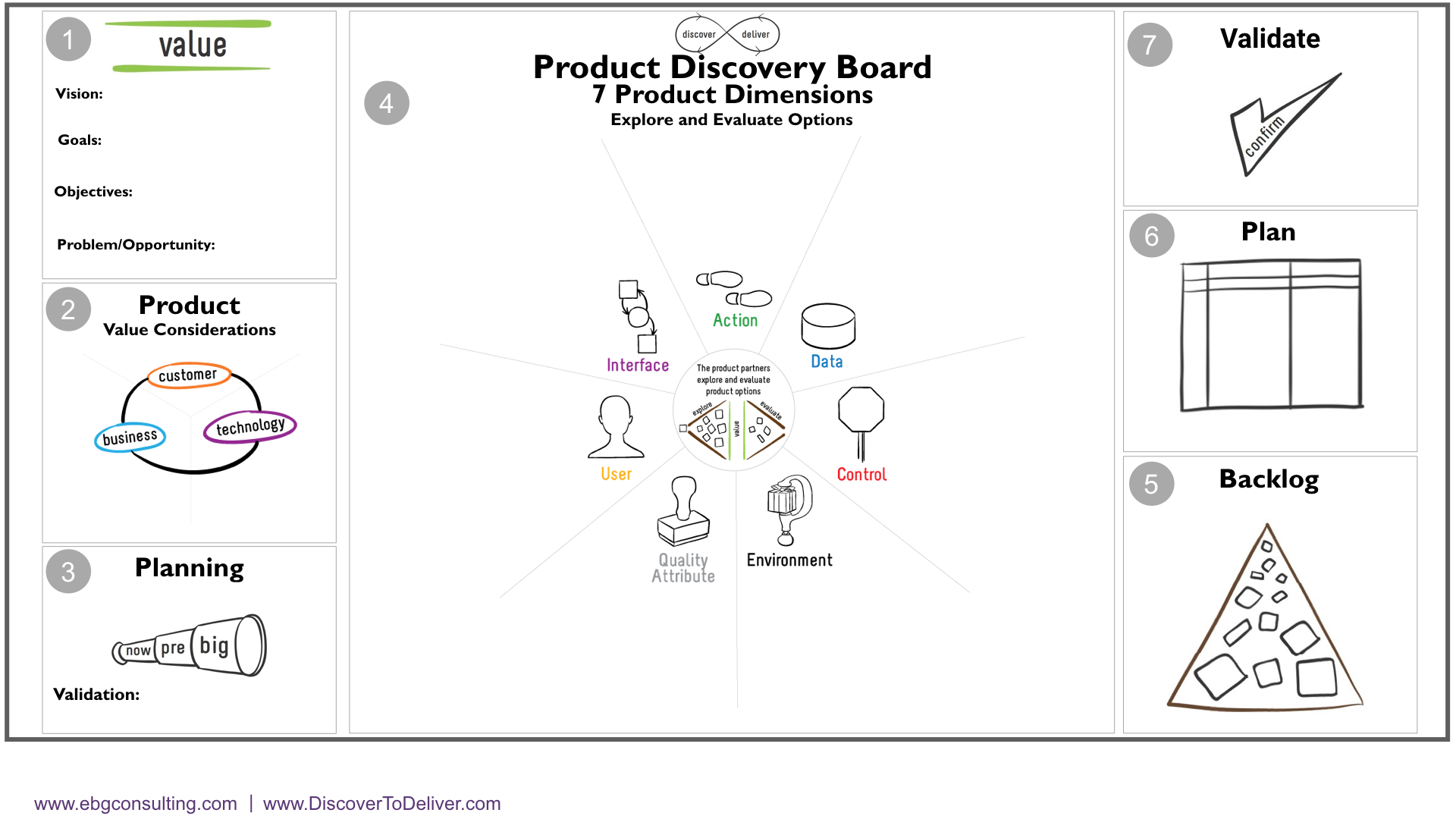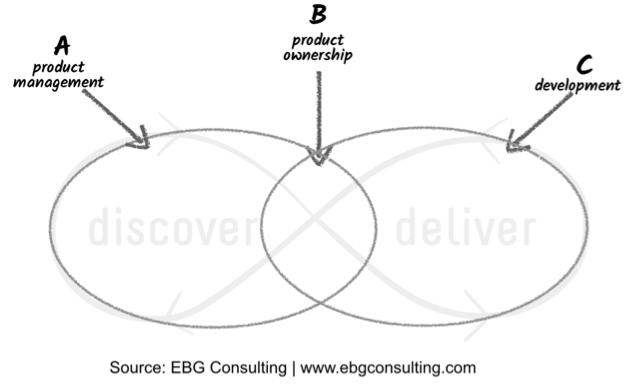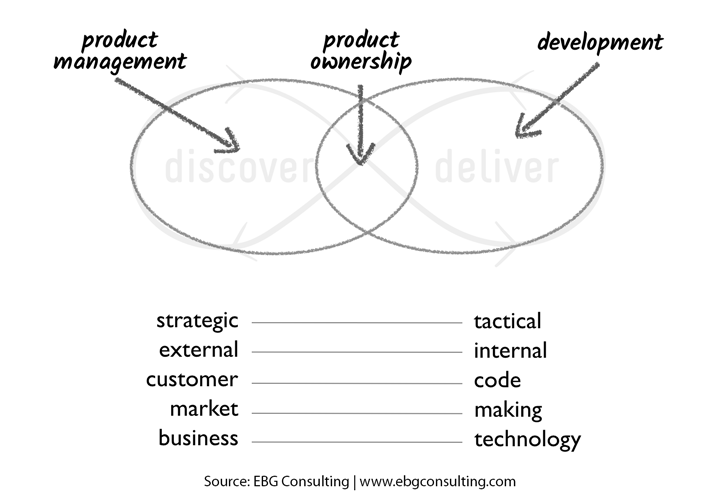Doing the Right Things, Not Everything:
Product Management and Ownership

In my product coaching work, I often find product people (Product Managers and Product Owners) struggling to do too much. It can be exhausting to attempt to do everything rather than focus on doing only the right things.
There needs to be a way to show how a product development team supports product folks and how they can lean on their development team while providing them with appropriate product leadership.
Continue reading








